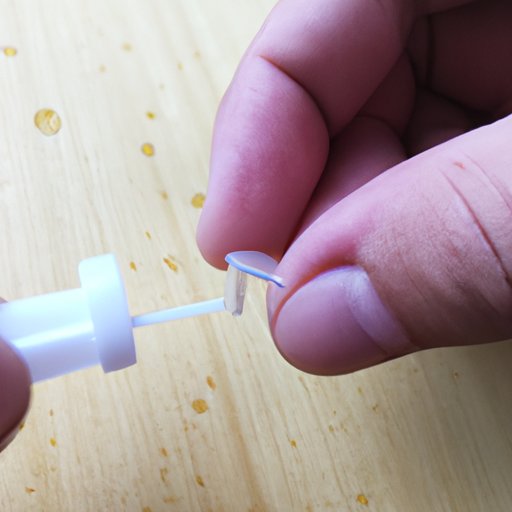Stripped threads in aluminum can be a frustrating problem, jeopardizing the integrity of threaded connections. Understanding the causes and implementing effective repair techniques is crucial for addressing this issue. In this article, we delve into the fundamentals of stripped aluminum threads, exploring innovative and reliable solutions to restore their functionality.

Image: www.youtube.com
Understanding Thread Stripping in Aluminum
Thread stripping occurs when the male and female threads in an aluminum connection lose their engagement due to excessive force, corrosion, or wear. This can render the connection unstable and potentially lead to component failure. Aluminum, being a soft metal, is particularly susceptible to thread damage.
Causes of Thread Stripping
Various factors contribute to thread stripping in aluminum:
-
Excessive Tightening: Over-tightening threaded connections can exceed the yield strength of aluminum threads, causing them to deform or strip.
-
Corrosion: Oxidation can weaken aluminum threads, reducing their resistance to tensile forces and making them more prone to stripping.
-
Cross-Threading: Misaligning the male and female threads during assembly can lead to thread stripping, especially in aluminum due to its softer nature.
Repair Techniques for Stripped Aluminum Threads
1. Helicoil Inserts:
Helicoil inserts are pre-coiled stainless steel wires that are inserted into the stripped aluminum hole. They provide a new internal thread that is stronger than the original aluminum threads.
2. Threaded Inserts:
Threaded inserts are small, threaded sleeves that are pressed or screwed into the stripped hole. They create a new internal thread that can withstand higher loads than the aluminum threads.
3. Thread Locking Compounds:
Thread locking compounds, such as anaerobic adhesives, can be applied to stripped threads to increase friction and prevent further stripping. This method is suitable for low-load applications.
4. Oversized Tap and Bolt:
In some cases, it may be possible to use an oversized tap to create larger threads in the stripped hole and use a corresponding oversized bolt. This approach reduces the load on each individual thread.
5. Redrilling and Tapping:
For more severely stripped threads, redrilling the hole to a larger diameter and tapping new threads can provide a reliable solution. However, this method may weaken the overall structure.
6. Repair Kits:
Specialized repair kits for stripped aluminum threads are available, containing tools and materials for different repair techniques. These kits offer a convenient solution for DIY repairs.

Image: www.museoinclusivo.com
Steps for Repairing Stripped Aluminum Threads
The specific repair method to use depends on the severity of the stripping and the requirements of the application. Here are general steps for repairing stripped aluminum threads:
-
Clean and Inspect: Clean the stripped hole and surrounding area to remove any debris or corrosion. Inspect the threads for damage and assess the severity of stripping.
-
Choose a Repair Method: Based on the assessment, select the appropriate repair technique from the options discussed above.
-
Prepare the Hole: If using Helicoil inserts or threaded inserts, drill the hole to the specified diameter and tap it according to the manufacturer’s instructions.
-
Install the Repair: Insert the Helicoil insert, threaded insert, or apply the thread locking compound following the manufacturer’s guidelines.
-
Test the Connection: After the repair is complete, reassemble the connection and tighten it gradually to the recommended torque. Test the connection under load to ensure it is secure.
How To Fix Stripped Threads In Aluminum
Conclusion
Stripped threads in aluminum can be frustrating but not insurmountable. By understanding the causes of stripping and employing reliable repair techniques, you can effectively restore the integrity of threaded connections in aluminum components. The methods outlined in this article provide practical and innovative solutions to address this issue. Additionally, it’s essential to prioritize preventive measures like using proper torque and anti-corrosion practices to minimize the risk of thread stripping in aluminum applications.